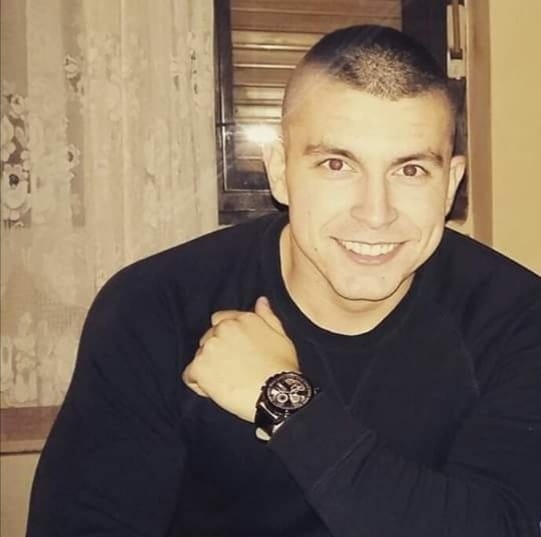How to Build a Content Team That Thrives in Chaos
Learn how to build a resilient and adaptable content team that stays productive and keeps quality high, even when deadlines shift and chaos hits. Discover simple processes, flexible workflows, and clear communication that help your team thrive.

If you work in a content team, you know that things rarely go as planned. Deadlines get shorter, clients change their minds, and new tasks appear at the last minute. And that’s okay. Chaos isn’t a sign that your team isn’t working - it’s simply part of everyday life in the content world. The key isn’t to avoid it, but to learn how to handle it.
Team resilience starts with mindset. When the team accepts that unpredictability isn’t the enemy but a natural part of the process, stress becomes smaller and focus becomes stronger. Instead of wasting energy trying to control every detail, learn to react quickly and adapt.
In this article, we’ll explore how to build a resilient and adaptable content team that maintains quality, no matter how much things change.
Key Takeaways
- Chaos is normal - embrace it - Content teams should expect unpredictability. Accepting it as part of the game helps reduce stress and boost focus.
- Simple processes create stability - Clear steps and shared templates help the team stay on track even when priorities shift.
- Flexible workflows boost adaptability - Agile cycles and tools like EasyContent allow teams to pivot quickly without sacrificing quality.
- Strong communication holds everything together - Open, organized, and transparent communication keeps everyone aligned - especially during chaotic times.
- Support and resilience prevent burnout - A team that takes care of each other, sets realistic expectations, and learns from mistakes will thrive under pressure.
Clear Processes as a Foundation
To work well in chaotic situations, a team needs a simple and clear structure. That means everyone knows what they do and in what order. When tasks are clearly divided, the team can adapt to changes without stress.
Examples of simple processes:
- Always use the same brief template for new articles or campaigns.
- Agree on the order of steps: research, writing, editing, publishing.
- Make sure everyone has access to the content calendar and knows where to find everything.
The best processes are simple and clear but flexible enough to change when needed. When your team knows the basic steps, it can react quickly and adjust to any new situation.
That’s the foundation of a good and organized content team that stays focused even when plans change every day.
Flexible Workflows
Flexibility means your team can respond quickly while keeping quality high. It doesn’t mean working without a plan - it means knowing how to adapt when needed.
One way to do this is by using an agile approach. Instead of long plans that collapse with the first change, divide the work into shorter phases - one to two weeks each. At the end of every phase, the team reviews what was done and what needs improvement.
Short daily check-in meetings help everyone stay updated on what the team is working on that day. If a new urgent task appears, it’s easy to rearrange priorities. Using tools like EasyContent makes organization even simpler - assigning tasks, tracking progress, communicating, and managing deadlines all happen in one place.
Flexible workflows mean your content team can keep up the quality, even when everything is changing.
Communication: The Glue That Holds Everything Together
Without strong communication, even the best processes fall apart. In chaotic moments, the most important thing is that everyone understands each other and that trust exists within the team.
Decide on how communication happens:
- Slack or Teams for quick messages.
- Google Docs or Notion for feedback and revisions.
- One clear channel for approvals and updates.
Or, you can use EasyContent to have all of this in one place. It’s also important to build a culture of openness. Everyone should feel free to ask questions, share ideas, or point out problems without fear of criticism. Good communication also means information isn’t buried in someone’s inbox but available to everyone.
Healthy communication is the core strength of an adaptable content team. When team members understand each other, everything else becomes easier.
Mental Resilience and Team Support
Working in content can be exhausting. When deadlines come one after another, burnout can happen easily. That’s why it’s important to build a team that not only works well under pressure but also knows how to support each other.
Mental resilience doesn’t happen overnight. It grows through experience and through a culture where mistakes aren’t punished but used as lessons. Regular short meetings at the end of each campaign or month help the team see what worked and what didn’t. These conversations strengthen trust within the team.
Caring for people is just as important as caring for projects. Short breaks, flexible schedules, and realistic deadlines all make a difference. When your content team feels supported, they become more productive.
Resilience doesn’t mean pushing through without rest. It means knowing when to stop, when to share the workload, and when to say “no.” A team that understands this doesn’t just survive chaos - it grows in it.
Technology as an Ally, Not an Obstacle
Many teams think a new tool will fix all their chaos. But the truth is, technology only helps if it’s used wisely. The goal isn’t to have as many tools as possible, but to find the ones that truly make your work easier. Platforms like EasyContent do just that - they centralize everything so you can assign roles, create custom workflows, communicate in real time, and much more.
A good tool should make collaboration easier, speed up information sharing, and reduce stress. When technology becomes an ally, your content creation team becomes faster, more organized, and more confident.
A Culture of Adaptability
Flexibility isn’t just a workflow - it’s a mindset. It means the team understands that plans will often change, and that’s okay. Instead of frustration, the team should ask: “What can we do right now, with what we have?”
Small habits can help build this mindset:
- Regularly share knowledge between team members.
- Celebrate small wins, not just big ones.
- Encourage creativity and experimentation.
When a team builds a culture of adaptability, it becomes more resilient. It doesn’t rely only on plans but on its ability to find solutions. That’s the heart of a resilient content team.
Conclusion
Chaos in the content world isn’t going away. There will always be tight deadlines, unexpected changes, and shifting priorities. But that doesn’t have to be a problem.
Learn to see chaos as part of the job, not as an obstacle. Once you do, every new challenge becomes a chance to show how capable, creative, and organized your team truly is.
Real success isn’t about avoiding the unpredictable - it’s about finding your rhythm in it. A team that can do that doesn’t just survive chaos - it thrives in it.






